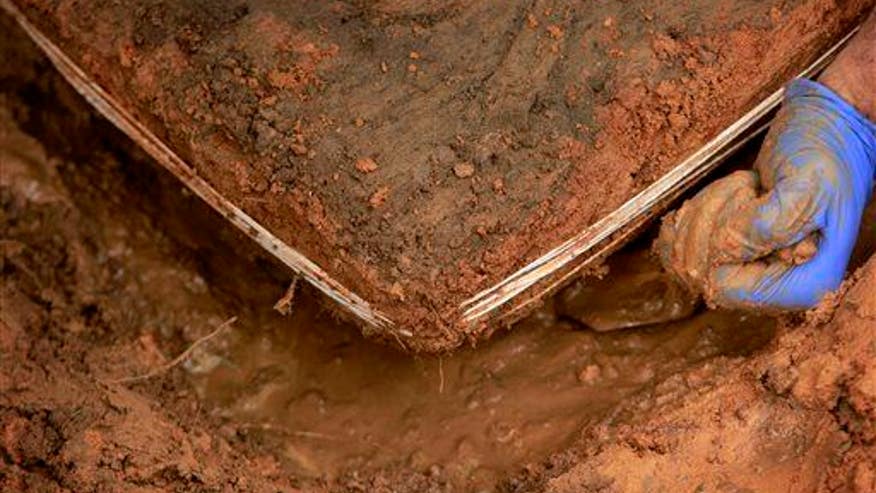 A view of a village in Nevsehir province, Turkey; that's the province where the new city is located. (AP Photo/Burhan Ozbilici)
A view of a village in Nevsehir province, Turkey; that's the province where the new city is located. (AP Photo/Burhan Ozbilici)It's a stunning find uncovered by accident: Construction workers demolishing homes in Turkey's Nevsehir province in 2013 ended up discovering entrances to what could be the largest ancient underground city ever found in the region.
The country's Hurriyet Daily News reported on its existence just days before the end of 2014, calling it "potentially the year’s biggest" such discovery. "Tunnel passages of seven kilometers are being discussed," said a construction official at the time.
And while the precise size isn't yet know, an estimate from geophysicists now puts it at about 5 million square feet and extending as far as 371 feet below ground.
National Geographic reports that would make it roughly 30% larger than Derinkuyu, the largest excavated underground city found in the historical Cappadocia region so far; Derinkuyu's capacity is thought to be 20,000 people.
The retreat, carved from soft ash rock as many as 5,000 years ago, would have been used in case of invaders; artifacts found at the site suggest its occupation stretched through the Ottoman conquest, says National Geographic.
The multi-level complex was a developed one, complete with staircases, kitchens, wineries, chapels, grindstones, air shafts, water channels, corridors, and even lamp-oil presses. (Derinkuyu was 18 stories, notes the Washington Post, and also included stores and escape routes.) The city's current mayor wants to build walking trails and a museum showcasing the underground spectacle and even "re-open the underground churches," he says—though, for now, even further exploration is risky.
As such, the Daily News reports a geo-radar machine is being used to gather information that's then handed to the excavators. (Also recently found underground: a secret Nazi factory.)
This article originally appeared on Newser: Found in Turkey: Huge Underground City
More From Newser NASA astronaut Scott Kelly (R), and his twin brother Mark pose after a news conference at Baikonur cosmodrome March 26, 2015. (REUTERS/Maxim Zmeyev)
NASA astronaut Scott Kelly (R), and his twin brother Mark pose after a news conference at Baikonur cosmodrome March 26, 2015. (REUTERS/Maxim Zmeyev) Have archaeologists found an ancient playground? (stock photo) (AP Photo/The Tampa Bay Times, Edmund D. Fountain, Pool)
Have archaeologists found an ancient playground? (stock photo) (AP Photo/The Tampa Bay Times, Edmund D. Fountain, Pool) U.S. astronaut Scott Kelly, crew member of the mission to the International Space Station (ISS), gestures before the launch of Soyuz-FG rocket at the Russian leased Baikonur cosmodrome in Kazakhstan. (REUTERS/Dmitry Lovetsky/Pool)
U.S. astronaut Scott Kelly, crew member of the mission to the International Space Station (ISS), gestures before the launch of Soyuz-FG rocket at the Russian leased Baikonur cosmodrome in Kazakhstan. (REUTERS/Dmitry Lovetsky/Pool) Soyuz TMA-16M spacecraft is seen at its launch pad at the Baikonur cosmodrome. (REUTERS/Maxim Zmeyev)
Soyuz TMA-16M spacecraft is seen at its launch pad at the Baikonur cosmodrome. (REUTERS/Maxim Zmeyev)